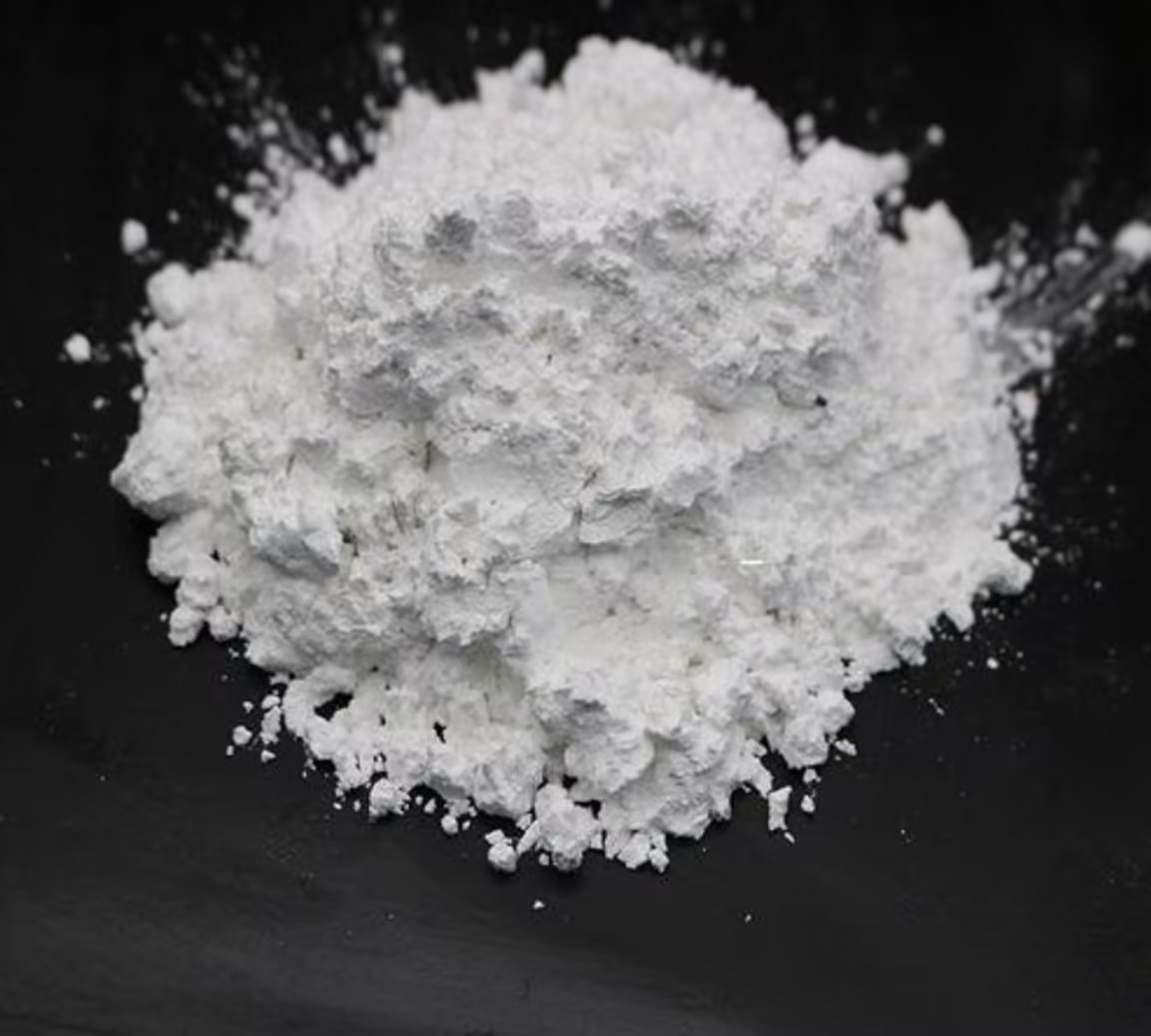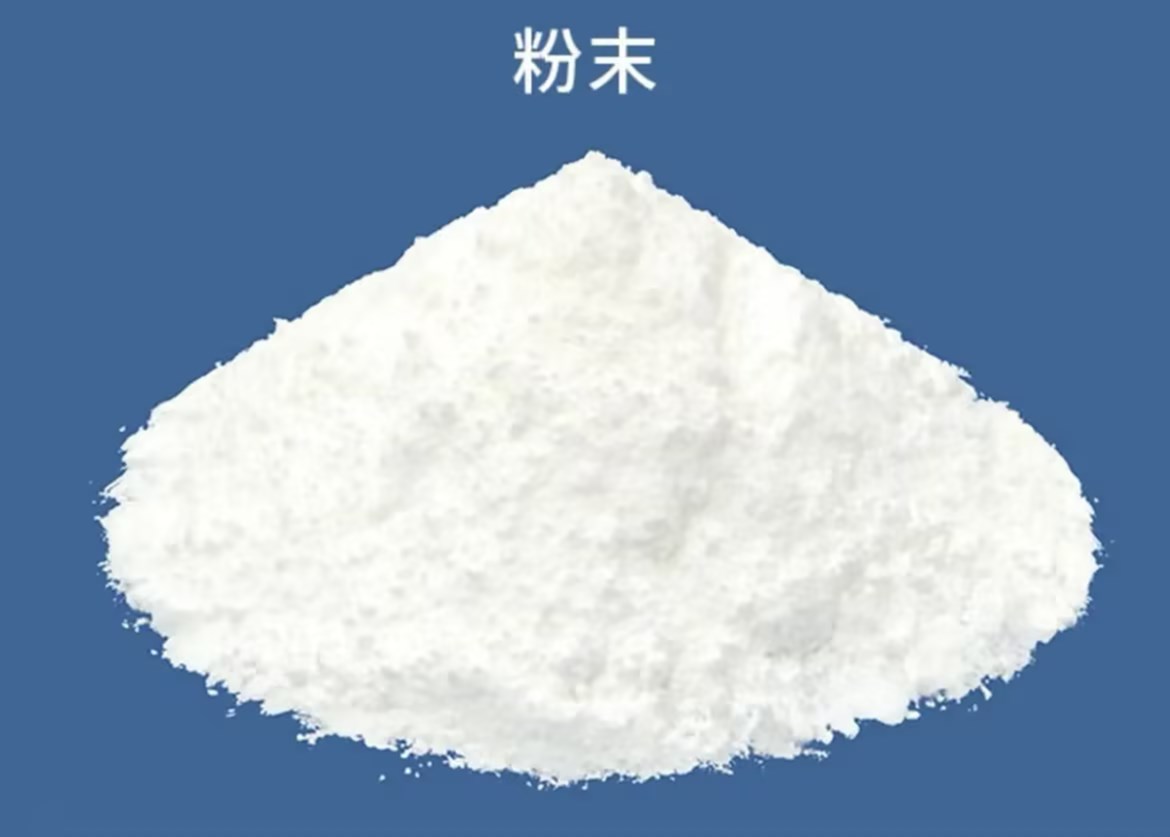White carbon black can effectively resist UV erosion in concrete, mainly through the following mechanisms:
Absorption and scattering of ultraviolet radiation
White carbon black has a high specific surface area and nanoscale particle size, which can efficiently absorb and scatter ultraviolet radiation. When ultraviolet rays are irradiated onto the surface of concrete, white carbon black particles absorb the energy of ultraviolet rays and convert it into heat energy for release, thereby reducing the direct damage of ultraviolet rays to concrete.
https://www.iotasilica.com/product-fumed-silica-iota-hb4132.html
Improve the compactness of concrete
The fine particles of white carbon black can fill the micropores in concrete, forming a dense structure and reducing the penetration of ultraviolet rays. This dense structure not only improves the impermeability of concrete, but also further enhances its ability to resist UV erosion.
 Enhance antioxidant performance
Enhance antioxidant performance
Ultraviolet radiation can cause oxidation reactions on the surface of concrete, leading to material aging and performance degradation. White carbon black has certain antioxidant properties and can remove reactive oxygen species generated by ultraviolet excitation, thereby reducing oxidative damage.
Reflected ultraviolet radiation
The high reflectivity of white carbon black enables it to reflect some ultraviolet rays, reducing its direct impact on concrete. This reflection, combined with absorption and scattering mechanisms, further enhances the UV resistance of concrete.
Improve weather resistance
White carbon black exhibits good weather resistance in outdoor environments and can resist the effects of factors such as ultraviolet radiation, high temperature, and humidity for a long time. This stability enables white carbon black to exert long-term UV resistance in concrete, extending the service life of concrete.

In summary, white carbon black can significantly enhance the ability of concrete to resist UV erosion and prolong its service life by absorbing, scattering, and reflecting UV rays, as well as improving the compactness and antioxidant properties of concrete.

